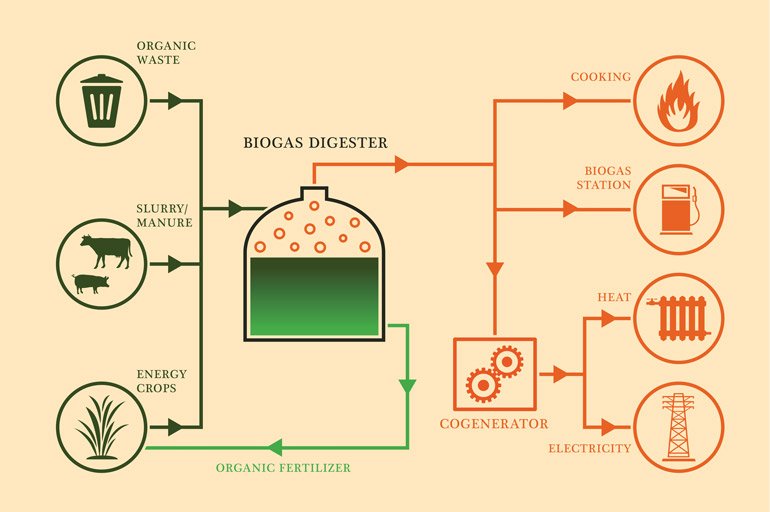Cow Poop, to Methane, to Electricity, to Bitcoin!
/North America has a long history of agriculture, with the United States and Canada being among the top producers of beef and dairy products worldwide. As a result, there is a significant amount of cow waste generated by the industry.
This is not news.
However, though there have been some advances and improvements in waste handling over the years, the reality is that there are financial, logistical and environmental challenges in handling the significant volume of cow waste in North America and advances in waste handling are not keeping pace with the growth of the waste.
One possible avenue for improvement and profitability (and therefore sustainability) moving into the future could involve transforming cow waste into a valuable resource through the process of anaerobic digestion.
Anaerobic digestion is a natural process that occurs when organic matter, such as cow manure, is placed into a closed (oxygen free) vessel made of concrete, steel or other materials, providing an environment for bacteria to break down the organic matter and produce biogas.
Biogas is primarily made up of methane and carbon dioxide, with small amounts of other gases such as hydrogen and nitrogen. It can be used for heating, electricity generation, and as a transportation fuel. Biogas is obviously a renewable energy source.
The process of anaerobic digestion is relatively simple. In the digester, the cow waste is heated and mixed with water, creating a slurry that is stirred regularly to ensure that the bacteria are evenly distributed. The bacteria then break down the organic matter, releasing the biogas.
The anaerobic digestion process also produces a nutrient-rich liquid organic fertilizer as a byproduct.
Importantly, the process does not require a huge amount of electrical energy.
The produced biogas can then be used to generate electricity or heat for use on the farm/within the feedlot or dairy, or it can be sold to the grid. Or, it can be immediately montezied with only an additional small investment to mine bitcoin. And the fertilizer byproduct is also another commodity to be sold and if widely used could reduce the use of synthetic fertilizers.
And obviously one of the benefits of anaerobic digestion is that it reduces greenhouse gas emissions from cow manure. When cow waste is left to decompose naturally, it releases methane, one of the more potent greenhouse gases, into the atmosphere. Capturing and using methane to create energy, usable and excess electricity, fertilizer and bitcoin is a win for so many reasons.
Dairy farmers and feedlot owners would benefit from additional revenue streams to make their businesses more diversified, profitable and sustainable.
There are challenges to widely implementing this technology, mainly the upfront cost of the anaerobic digester.
But as knowledge of the potential multiple benefits spreads, innovation and opportunity will likely cause markets to respond with newer designs for anaerobic digestion using cheaper materials and making start-up of this side business more achievable for North American dairies and feed lots.




